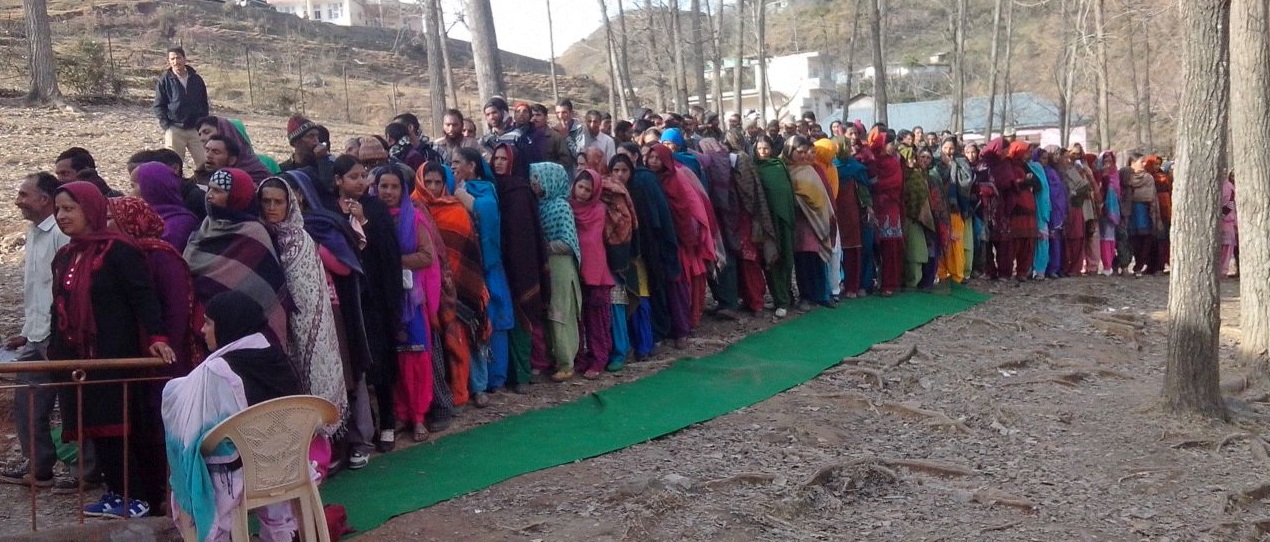SRINAGAR: The High Court of Jammu and Kashmir (JK) and Ladakh has declared that regularisation of a candidate’s services is not permissible if the initial engagement was not sanctioned by the competent authority.
The decision came during the dismissal of a petition filed by an individual challenging his disengagement order and seeking regularisation of his services.
The bench, presided over by Justice Rajnesh Oswal, delivered the judgment concerning the petitioner who had been engaged as a consolidated worker in the Municipal Committee Baramulla on the recommendation of the former Minister for PHE, Irrigation, Flood Control, and Tourism of the erstwhile state of Jammu and Kashmir. The engagement was formalised via an order dated April 12, 2008.
The crux of the petitioner’s argument rested on the assertion that his tenure of service, spanning more than 14 years, warranted a right to regularisation. The petitioner’s counsel contended that the petitioner had been denied a fair hearing, alleging that the order of disengagement was orchestrated to subvert previous court orders favouring the petitioner.
Notably, the petitioner had previously made representations to the authority concerned for the release of withheld wages after his initial disengagement. In response, the disengagement order was rescinded on September 24, 2010. Subsequently, the petitioner’s withheld wages were released. However, despite this resolution, his subsequent wages remained unpaid, prompting the petitioner to file a writ petition seeking the release of wages and the regularisation of his services under the Jammu and Kashmir Civil Services (Special Provisions) Act, 2010.
The writ petition was disposed of on December 28, 2011, with the court directing the state authorities to consider the petitioner’s claim for regularisation in accordance with the aforementioned Act. Additionally, the respondents were instructed to release the earned wages. The petitioner was permitted to continue in service until a decision was reached, provided he remained in the same post as of the mentioned date.
Despite the court’s directives, the petitioner’s claim for regularisation was not addressed by the state government. Consequently, the petitioner lodged another writ petition, which was disposed of on July 18, 2014, with a similar directive for the respondents to consider the petitioner’s claim in light of the averments made in the petition. However, even after this, the state failed to take any action regarding the regularisation of the petitioner’s services. In response, the state government emphasised the sanctity of public employment as a national asset, citing constitutional provisions guaranteeing equal opportunities for employment under Articles 14 and 16 of the Indian Constitution.
The government maintained that “the petitioner cannot claim any right to continue at the said post” as he was in fact “a backdoor appointee” and his engagement was irregular, asserting that he was appointed solely on the minister’s recommendation, thereby circumventing a fair selection process.
The court, concurring with the government’s stance, underscored the significance of engagement by competent authorities for regularisation. “There is not even an iota of doubt that the petitioner has been engaged just on the recommendations of then Minister without any selection process. Otherwise also, it is settled law that once the initial engagement of a candidate is not by the competent authority, his services cannot be regularized,” the court noted.
The court affirmed that the petitioner’s engagement lacked legal backing and consequently could not be regularised. The court concluded that “the engagement of the petitioner even on consolidated basis has resulted into denial of opportunity of participation in the selection process to other eligible candidates”.
In its verdict, the court, finding no merit, dismissed the petitioner’s plea against the disengagement order, and affirmed the legality of the government’s actions.















